|
By Anna Hazard
Introduction
The bathroom is usually one of the brightest lit rooms within the household due to its function as a main place for grooming and viewing oneself in the mirror. However, this room also tends to be one of the smaller enclosed areas which brings its own considerations in counterpoint to many of the other larger rooms. While a smaller area may be easier to light up uniformly, placing lights in accessible locations while in such tight corners can prove to be more difficult.
When it comes to lighting in the bathroom, these particular circumstances, tips, and recommendations should be kept in mind. Glare & Light Distribution
Reducing the amount of glare should be a major consideration when it comes to bathroom lighting as it can become quite problematic due to the waterproof surfaces installed within the area. This would include a lack of carpeting to absorb the light as well as the presence of ceramic, porcelain, fiberglass, and enamel in the nearby toilet, tub or shower, as well as sink. Besides location of light fixture placement, having the flexibility to adjust the intensity or brightness level through dimmers can greatly help with any glare problems.
Otherwise, it's recommended that layers of lights be used within the bathroom in order to ensure that light is evenly distributed. This would include a combination of ambient overall lighting (possible through the use of chandeliers, pendants, or optimally with flush or recessed mounts) as well task lighting in areas of high use such the sink and in front of mirrors or other places where daily grooming is done. Types & Styles
Natural lighting available through windows or installed skylights is always recommended for day-time use due to its additional health benefits (including being easier on the eyes). Otherwise, for artificial lighting, opaque or frosted bulbs should be used in order to help prevent glare and the casting of disorienting shadows. Any clear bulbs should only be used within fixture that include their own light diffuser.
In general, long-lasting LED lighting is recommended for use within the bathroom due to its small bulb size (which is particularly helpful within a bathroom's tight quarters), inexpensive cost, and need for less maintenance with fewer required light bulb changes. However, those with poor eyesight (especially when it comes to color perception), may wish to use full spectrum fluorescent light bulbs instead in task lighting areas as they can help improve the perception of contrast, color, and shape which is particularly helpful while grooming & applying make-up. General Location
For better accessibility, lighting should be installed lower on the walls within easy reach so that the light bulbs can be easily changed. The close confines of the bathroom can make using ladders and stepstools to reach higher or overhead lights far more cumbersome and the inability to quickly reach the fixture to switch out burnt bulbs can leave a dangerous situation of trying to navigate the area in the dark.
Ample ambient and task lighting are the key to a well-lit and easy to navigate bathroom. This can be accomplished through installing recessed wall lighting, slim wall extensions, or other lighting fixtures that have slender profiles to easily fit in tight areas. Most ADA compliant wall sconces & other light fixtures should fit into this style. Otherwise, asymmetrical lighting should be avoided (such as placing a light fixture on only one side of the vanity or mirror) as this creates uneven illumination that can cause disorienting shadows or otherwise make grooming more difficult. Vanity, Shelves, & Cabinets
In general for easier accessibility, it's recommended that vanity lights be installed lower along the sides of the mirror instead of across the top of the vanity. Not only would this make reaching the light bulbs easier for maintenance but sconces on both sides of the mirror tend to be easier on the eyes than overhead lighting. Another option would include covered built-in or recessed lights that light up the surrounding walls instead of shining down directly on the user.
Strip lighting it also recommended for installation under shelves, wall-mounted cabinets, or hanging vanities to help brighten any shaded areas underneath created by the structure of those fixtures. Toilet, Tub, & Shower Lighting
The tub or shower should also be well-lit so that bathing is not done in a darkened area (especially as the bathtub or shower is a high risk region for falling with nearly 1/3 of all senior injuries occurring there). In general at least two wall sconces, recessed lights, or other sources of light should be placed at both ends of the tub or shower in order to equally illuminate the entire area. Any lights that are not recessed should be placed such that there is no possibility of the user falling and injuring themselves against the protruding fixture.
It's also recommended that the tub or shower lights be installed along the walls within easy reach instead of overhead as this would be a particularly tricky area for accessing the ceiling to switch out light bulbs or perform any other type of maintenance. Otherwise, lighting is also recommended directly on the toilet commode. Light-up toilet seats can be particularly helpful for those seniors who tend to have night incontinence or vision acuity problems that lead them to misgauging the distance to the toilet seat. This can take the form of motion, sound, or light activated fixtures that illuminate the bowl of the toilet or glow-in-the-dark seat & lid combinations. General Night Lights
Besides the use of self-illuminating toilets mentioned above, the bathroom in general will also need a night light active after sunset. Red tinted night lights are recommended as they will not jolt awake the nervous system & disturb the natural sleep pattern as much as turning on the full illumination of the room's normal lights. Otherwise, the use of white or blue-tinted light bulbs should be avoided at night as they induce wakefulness.
It's also recommended that these night lights be light sensitive, motion sensor, sound activated, or otherwise automated through the use of smart technology so that they will not need to be manually turned on in the dark. Other convenient locations leading to the bathroom such as the hallway and door to the bedroom should also be lit with red-tinted night lights as a nocturnal bathroom run is inevitable at some point and proper illumination will be needed in order to reduce the risk of injury through tripping, falling, or running into an obstacle along the way. In case of emergencies, normal manual light switches within the bathroom should be rocker-style for easy accessibility and should also preferably be glow-in-the-dark so that they can easily be spotted in case the bath room night light has burnt out. View the Rest of the Series
Part 1 - Introduction
Part 2 - Exterior Part 3 - Landscaping & Gardens Part 4 - Patio, Porch, & Deck Part 5 - Garage & Carports Part 6 - Entrances, Exits, & Thresholds Part 7 - Exterior Steps & Ramps Part 8 - Threshold Lighting & Windows Part 9 - Interior Doors & Halls Part 10 - Interior Steps & Staircases Part 11 - Interior Stairlifts Part 12 - Interior Elevators Part 13 - Interior Lighting Part 14 - General Interior Flooring Part 15 - Interior Flooring Comparisons Part 16 - HVAC & Energy Efficiency Part 17 - Power, Communications, & Other Interior Systems Part 18 - Living Room Part 19 - Kitchen Layout, HVAC, & Electrical Systems Part 20 - Kitchen Lighting, Flooring, and Sink Faucets Part 21 - Kitchen Countertops & Cabinets Part 22 - Kitchen Refrigerators, Freezers, and Dishwashers Part 23 - Kitchen Ovens, Ranges, Stovetops, and Cooktops Part 24 - Kitchen Microwaves, Blenders, & Food Processors Part 25 - Miscellaneous Kitchen Items Part 26 - Dining Room Layout, Tables, & Other Furniture Part 27 - Dining Room Flooring, Lighting, & Meal Serving Equipment Part 28 - Bedroom Layout & Closets Part 29 - Accessible Beds Part 30 - Bedroom Furniture, Electronics, & Other Accessories Part 31 - Bedroom Flooring Part 32 - Bedroom Lighting Part 33 - Bathroom General Layout Part 34 - Bathroom General Tips for Showers & Tubs Part 35 - Bathroom Accessible Tubs Part 36 - Bathroom Accessible Showers Part 37 - Bathroom Accessible Toilets Part 38 - Bathroom Sinks & Vanities Part 39 - Bathroom Cabinets & Shelving Part 40 - Bathroom Grab Bars Part 41 - Bathroom Flooring Part 42 - Bathroom Lighting Part 43 - Bathroom Ableware - Toilet Aids & General Accessibility Part 44 - Bathroom Ableware - Shower, Bathing, & Grooming Aids Part 45 - Laundry Room Location, Layout, & Spacing Part 46 - Laundry Room Carts, Rolling Hampers, & Chutes Part 47 - Laundry Room Dumbwaiters Part 48 - Laundry Appliances (Washers & Dryers) Part 49 - Laundry Room Cabinets, Shelving, & Countertops Part 50 - Laundry Room Storage & Organization
1 Comment
|
AboutNews updates, tips, and guides on senior care, senior health, stress relief and a host of other caregiving related topics from the professionals at Ella Stewart Care. |

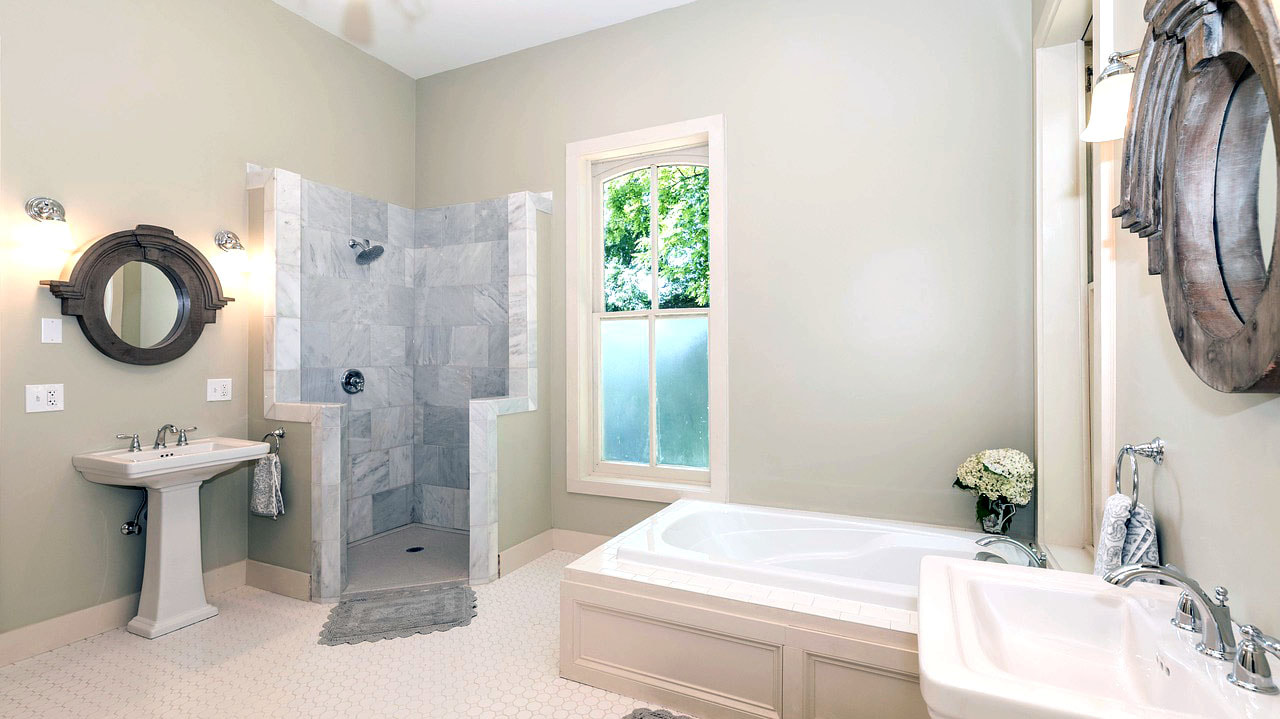
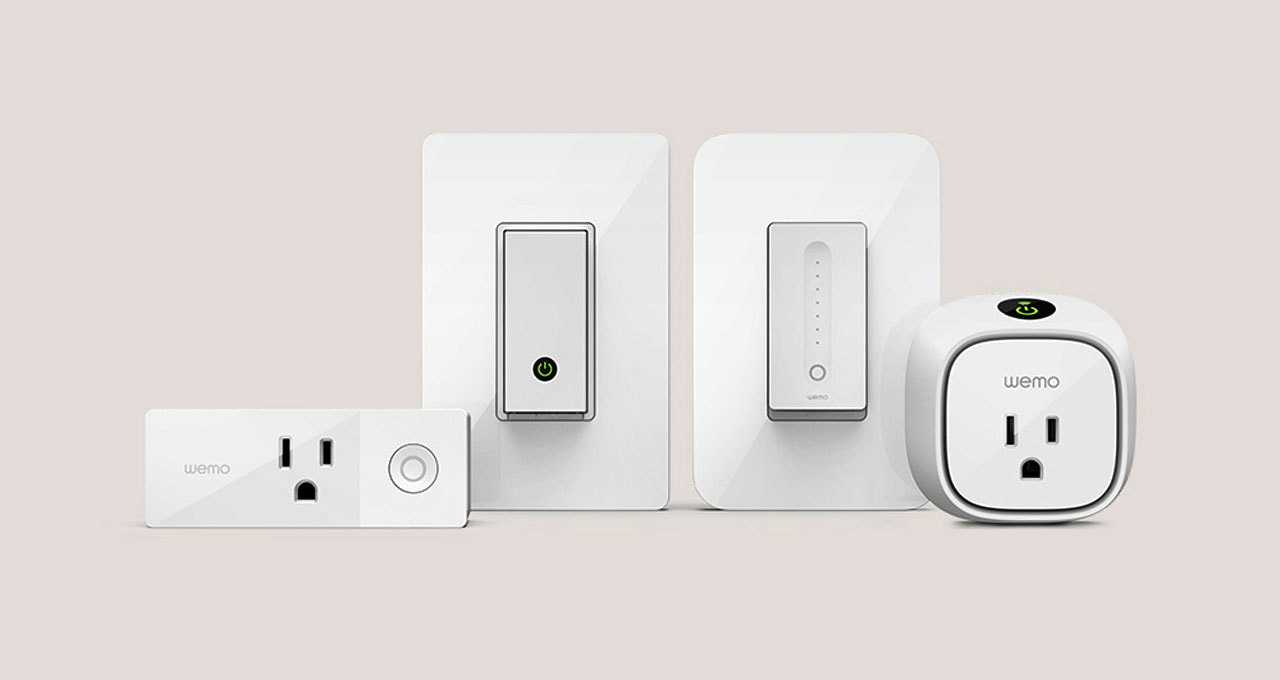

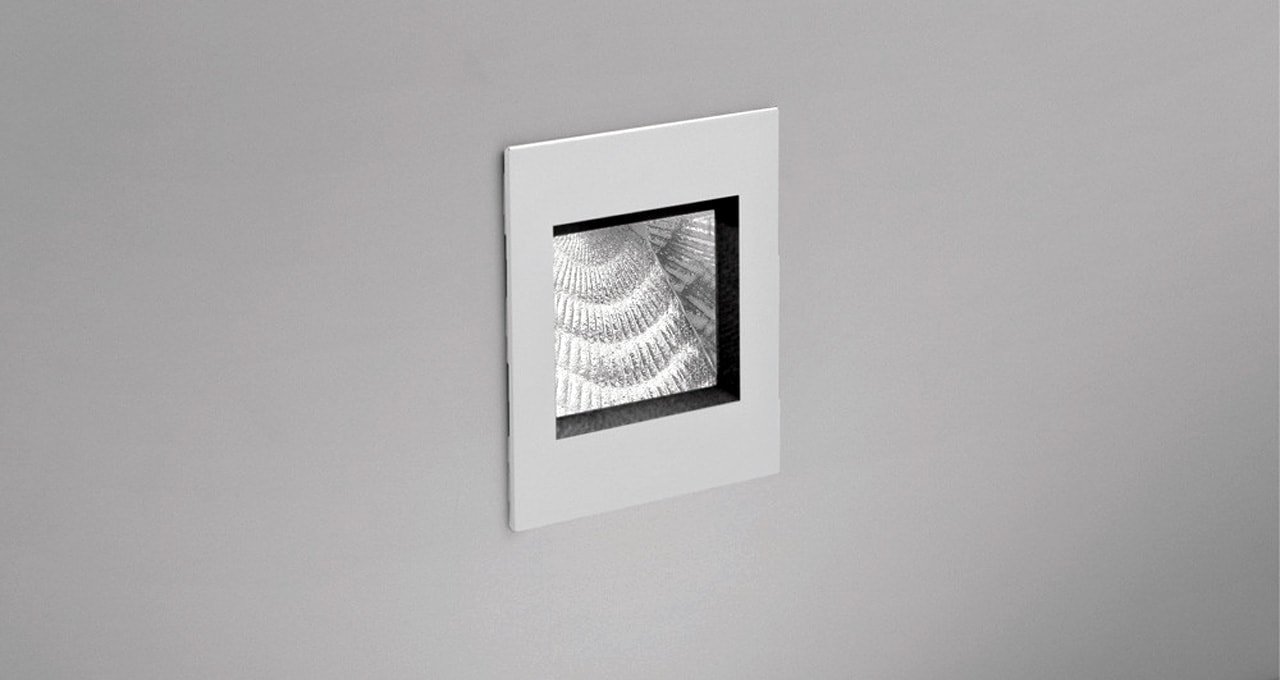
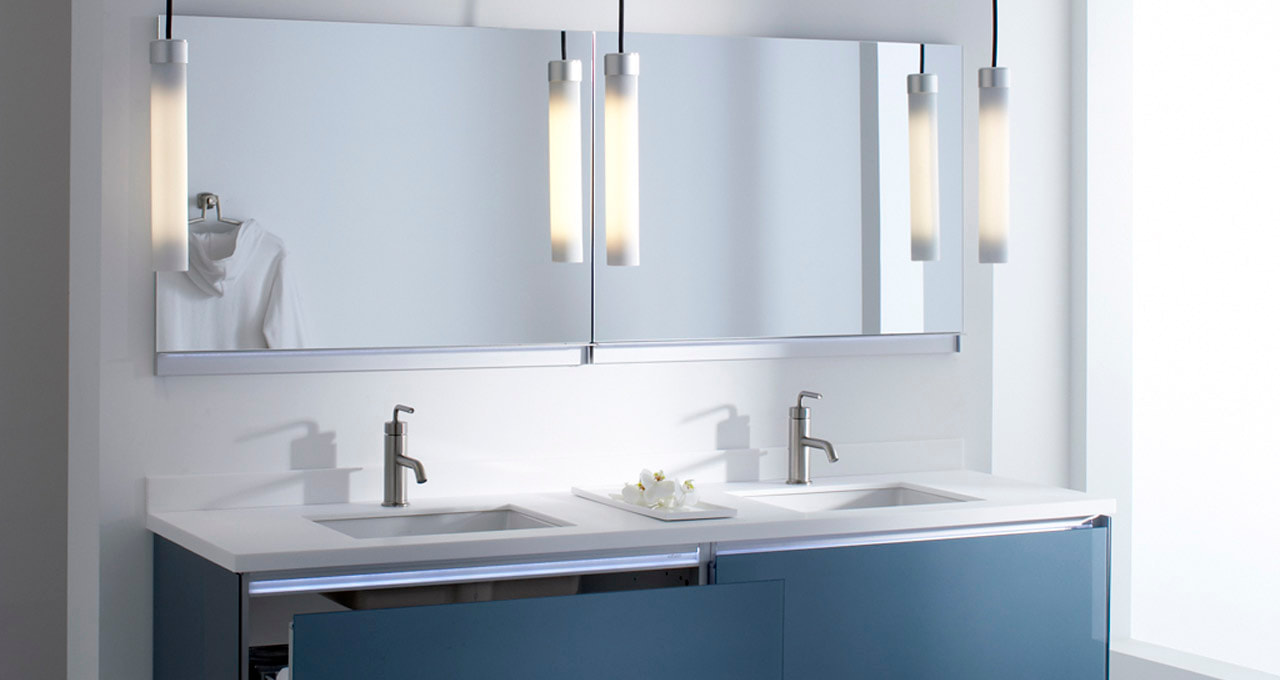
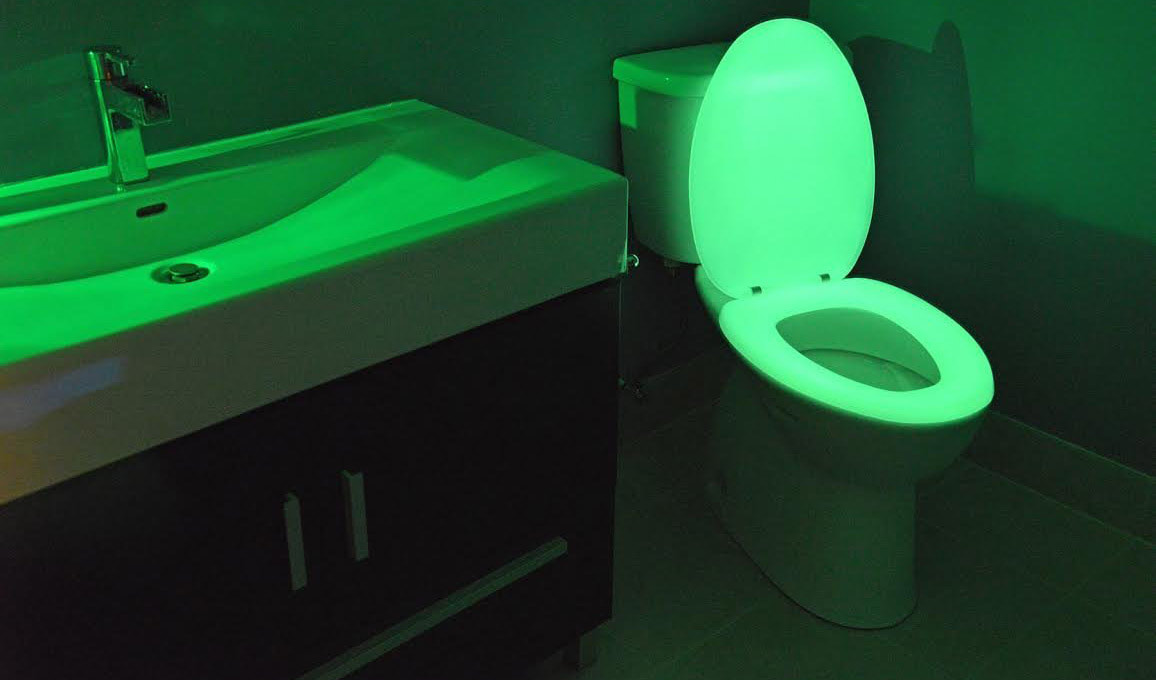
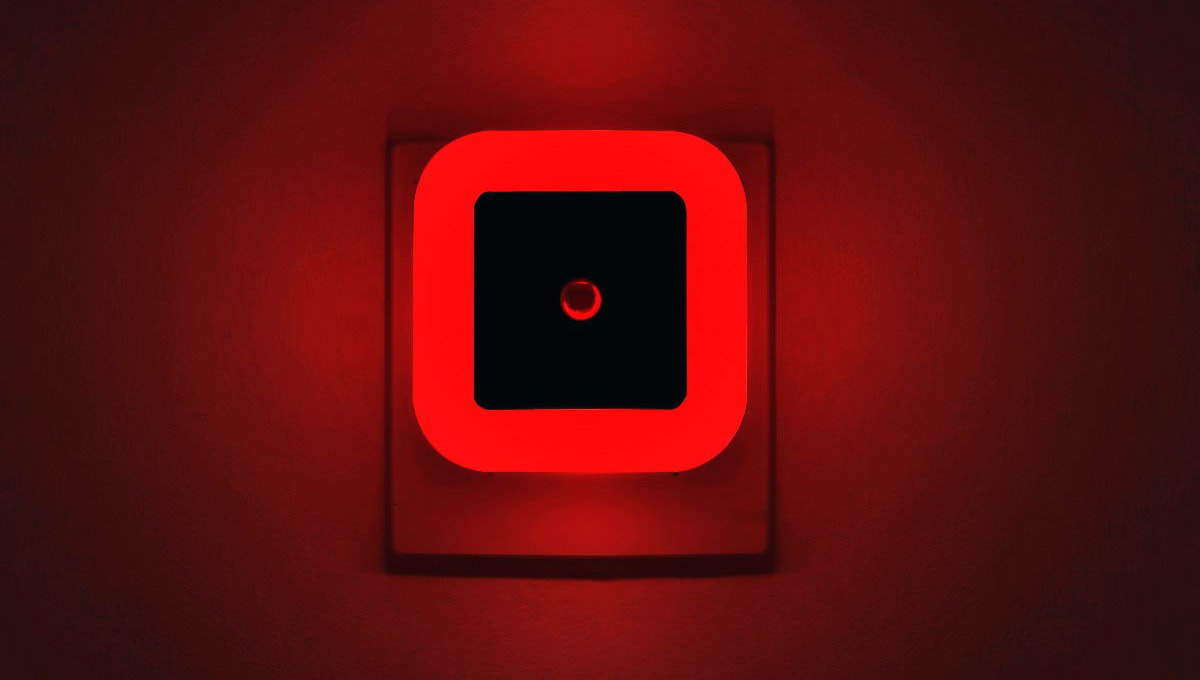

 RSS Feed
RSS Feed
